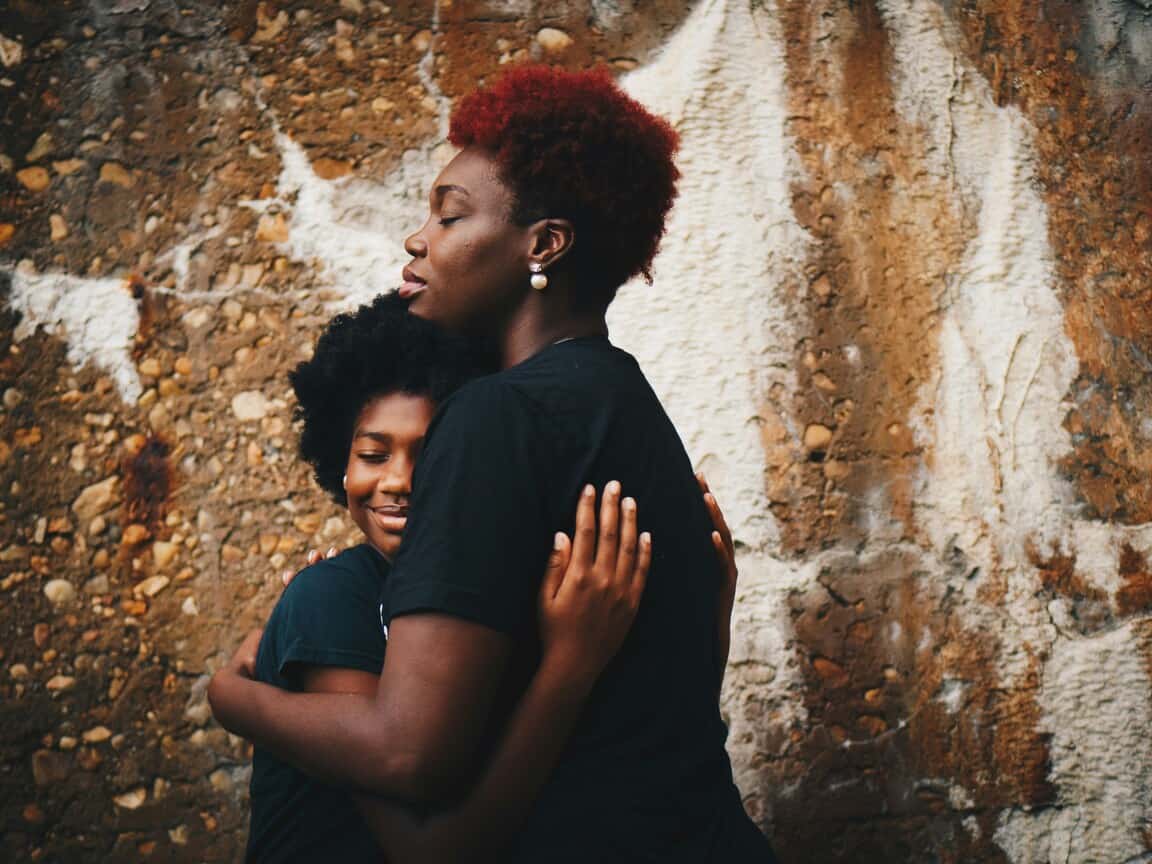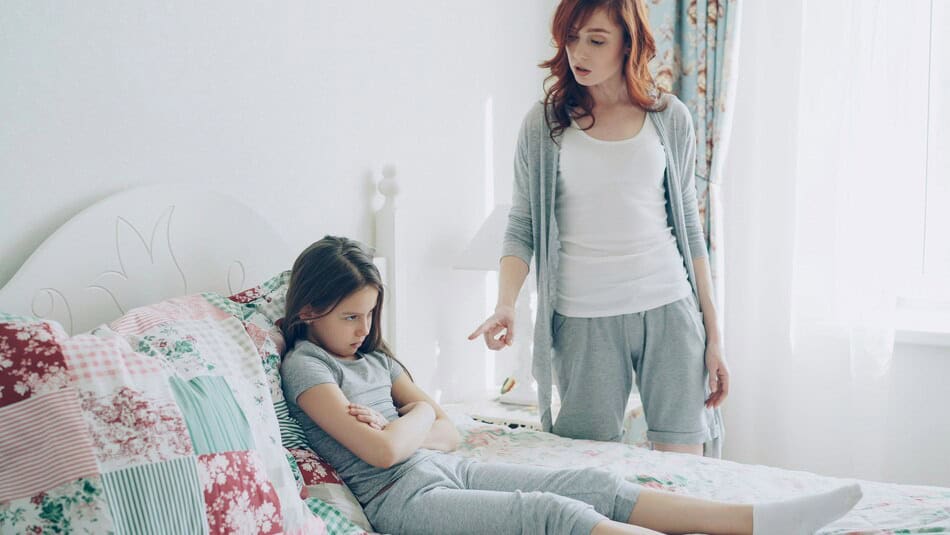Coming to truly understand how you deal with conflict can feel like unlocking a secret code about yourself.
Our attachment style – the way we connect emotionally with others – shapes our reactions during arguments, heated moments, or stressful situations.
These patterns aren’t just random. They form early in life and stick with us, influencing how we respond when things get tough.
Understanding your own pattern can help you navigate conflicts better, build healthier relationships, and even heal on wounds.
Whether you freeze up, lash out, or pull away, your attachment style is the lens through which you see, feel, and react to tension.
Let’s break down what these styles are and how they show up in conflict.
1. What Are Attachment Styles and Why Do They Matter?
Attachment styles are basically the emotional blueprint we develop based on our early relationship with caregivers.
They shape how secure or insecure we feel in our connections with others.
When we’re faced with conflict, these styles influence whether we approach it head-on, avoid it altogether, or get overwhelmed by emotions.
If you’re securely attached, you probably handle disagreements calmly and openly. But if you’re insecure – like anxious or avoidant – you might struggle more.
These patterns affect not just how you handle fights but also how safe, loved, and understood you feel in your relationships overall.
2. How to Tell What Your Attachment Style Is
Figuring out your attachment style isn’t about labeling yourself – it’s about understanding your natural reactions.
Do you tend to get anxious when your partner is upset? Do you tend to avoid talking about problems?
Or maybe you swing between needing closeness and pulling away?
Reflect on your past conflicts. Do you get angry, shut down, seek reassurance, or withdraw?
時々ね、 friends and partners can help you see patterns you might not notice. There are also quizzes and tools online that can give you a clearer picture.
Knowing your style isn’t about judgment. It’s about compassion and growth.
3. Secure Attachment Style
If you have a secure attachment style, conflict might not scare you as much. You’re able to express your feelings honestly and listen to your partner without feeling overwhelmed.
When disagreements happen, you tend to あせらずに, focus on 解決策を見つける, and maintain trust.
あなたは comfortable with vulnerability and reassurance, which helps de-escalate tension.
Even when things get heated, you’re more likely to seek understanding rather than blame.
This secure base makes it easier to navigate arguments and emotionally charged moments.
And this doesn’t mean you never get into fights! It just means you handle them in a healthy, constructive way.
4. Anxious Attachment Style
People with an anxious attachment style often feel their partner’s reactions very deeply.
During conflicts, they might become overwhelmed or worried about losing the connection. They tend to seek reassurance, sometimes clinging or demanding attention to feel secure.
Arguments can trigger a flood of emotions – fear, sadness, anger – that make it hard to stay calm.
They might also overanalyze every word or gesture, easily feeling misunderstood or ignored.
This style can lead to a cycle of needing closeness and then pushing it away with intense reactions.
However, understanding this pattern can help anxious people practice self-soothing and communicate more openly.
5. Avoidant Attachment Style (Dismissive and Fearful)
Avoidant attachment shows up in two main ways: dismissive and fearful.
Dismissive avoidants tend to shut down emotionally, minimizing conflicts or detaching to stay in control.
They might seem aloof or uninterested during disagreements, preferring to withdraw rather than engage.
Fearful avoidants, on the other hand, want closeness but are afraid of getting hurt.
They may swing between craving intimacy and pushing it away, often feeling overwhelmed by emotion.
During conflicts, dismissive types might ignore issues altogether, while fearful types might become anxious and panicked.
Recognizing that this is your attachment style helps you understand your instinctive reactions and work toward healthier ways of handling disputes.
6. Growth Starts With Awareness
No matter your attachment style, understanding how it influences your reactions during conflict is a huge step toward healthier relationships.
If you’re secure, you already handle disagreements well. Use that strength to support others.
Anxious people should learn self-soothing and try to express their needs without overwhelming their partner.
Avoidant types should practice leaning into vulnerability bit by bit.
Of course, these patterns aren’t set in stone. They can evolve with awareness and effort.
Being kind to yourself during this process makes all the difference. Though you might be tempted to judge yourself, remember that the point of recognizing these styles is compassion.
With patience and understanding, you can improve how you handle conflict and build stronger, more secure コネクション.
A little Aquarius, devoted to writing and embroidery. Through my writing, I hope to empower readers to align with their true selves and navigate life’s mysteries with confidence.







